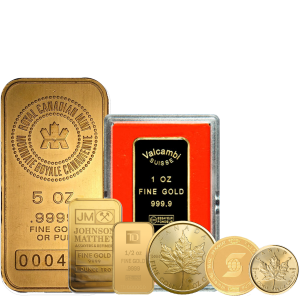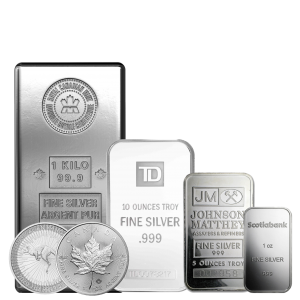

Back
How Central Banks Participate in the Precious Metal Markets
June 20, 2025
Understanding the Impact of Global Reserves on the Prices of Gold and Silver
Gold and silver have historically been associated with the preservation of riches, the maintenance of economic stability, and the protection of national security. However, individual investors and institutional purchasers are also significant players in the precious metal markets. In these markets, central banks are the main players. Because of their substantial gold reserves, these powerful institutions have a significant impact on the demand, price, and mood of investors all around the world. As geopolitical tensions and economic uncertainties continue to rise, it is essential to have a solid understanding of the effect that central banks have on the precious metal markets.
Why Central Banks Hold Precious Metals
Because of inflation and politics, fiat currencies are more likely to lose value than gold, which is less likely to lose value because of both. This product is known all over the world and keeps its value. It may help protect against economic disasters. There are several reasons why central banks keep valuable metals:
- • Stability Despite The Widespread Economic Unpredictability: Gold is included in reserve holdings because, historically speaking, it has been able to protect its value during times of financial crisis.
- • Diversification of Foreign Exchange Investment Reserves: Gold and silver are becoming more held as a means of counteracting the holdings of fiat currencies such as the United States dollar or the euro.
- • Help to Maintain Confidence in Currency: Confidence in the economy and the monetary system is usually inspired by a nation that possesses substantial gold reserves.
Top Gold-Holding Central Banks
The World Gold Council says that the following central banks have the most gold:
- • United States Federal Reserve
- • German Bundesbank
- • International Monetary Fund (IMF)
- • Italy’s Banca d’Italia
- • France’s Banque de France
- • Russia’s Central Bank
- • People’s Bank of China
Central Bank Buying Trends
Following the 2008 financial crisis, central banks have become net gold buyers. Russia, China, Turkey, and India have all put in a lot of work to increase the amount of gold they hold. This trend is expected to continue in 2025 because governments will still be trying to protect themselves from inflation, global unrest, and people not trusting fiat money.










